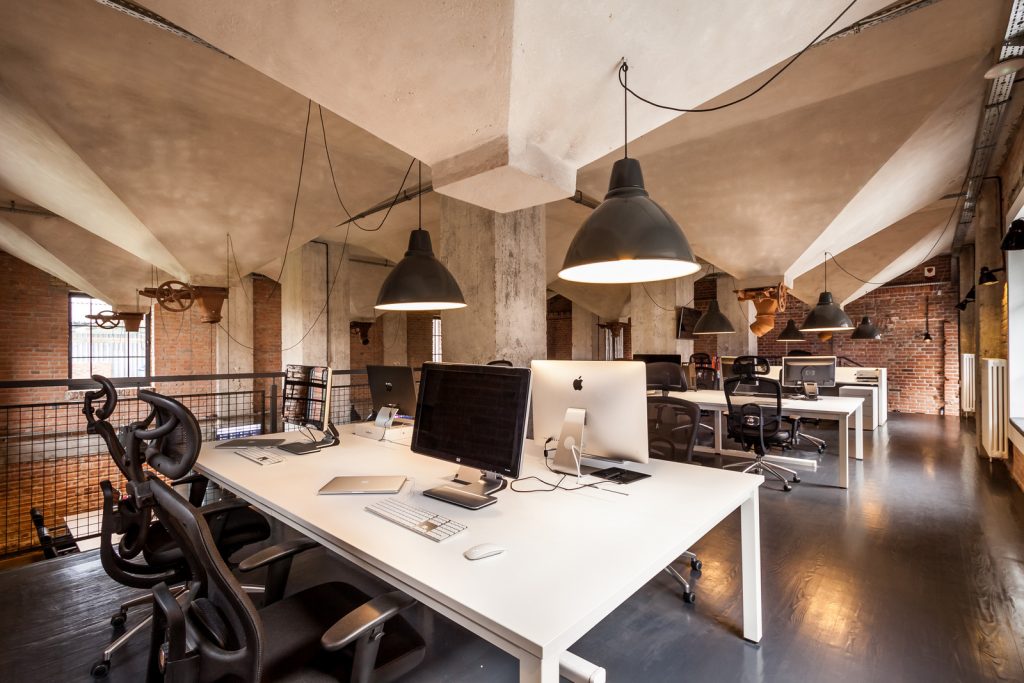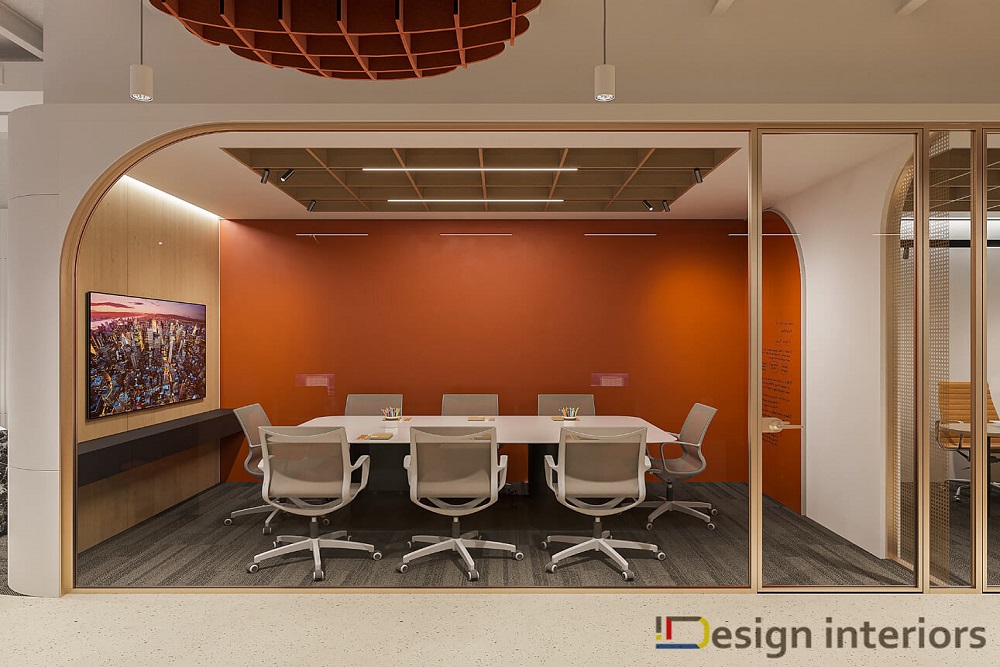Our understanding of how office interior design affects worker health is changing with time. The physical surroundings of the workplace of an employee have a huge impact on their productivity, general job satisfaction, and physical and mental health. The focus on ideal office interior design has increased as companies realize how important it is for employees to be happy in their jobs.
The Physical Environment
The physical elements of an office design, like the lighting, furniture, and space arrangement, can have a big impact on how happy the workers are. For instance, natural light is quite important. It has been demonstrated that exposure to natural light enhances mood, vitality, and sleep quality. These elements are essential for preserving a happy and effective workforce. Enhancing the workspace with skylights, big windows, and open areas that let in natural light can make a significant difference.
Ergonomic furniture is still another crucial element. Back discomfort, neck strain, and repetitive strain injuries are among the physical illnesses that can be brought on by poor posture and unpleasant seating. Offering ergonomic workplaces, sit-stand desks, and adjustable chairs helps avoid these problems and promotes better physical health.
The Role of Color and Aesthetics
The impact of color psychology on the mood and productivity of an employee at work is significant. Creating a workplace that improves employee well-being can be made easier by having an understanding of the psychological effects of color. Aesthetically pleasant surroundings also influence positive work environments. A well-thought-out workspace with tasteful decor can boost job satisfaction and reduce stress levels. Plants, artwork, and cozy lounge areas can create a welcoming and enjoyable work environment for better employee happiness and engagement.
Encouraging Movement and Flexibility
A workplace design that promotes flexibility and mobility can have a big impact on worker satisfaction. More flexible and dynamic layouts are replacing the stiff constructions and cramped spaces of conventional office designs. Employee mobility, easier collaboration, and the freedom to choose their preferred workspace are all made possible by open-plan offices, adjustable workstations, and common areas.
Including areas for unwinding and amusement is also advantageous. Employees can relax and rejuvenate in quiet areas, game rooms, and breakout areas throughout the day. These areas contribute to a healthy and more effective workforce by reducing stress and preventing burnout.
The Psychological Impact
Beyond just the visible features, office architecture can have a significant psychological effect on workers. A well-designed workplace that embodies the culture and values of the business can provide staff members with a feeling of pride and community. Employees are more likely to feel driven and devoted to their work when they believe that their workplace reflects their identity and beliefs.
Moreover, thoughtful design may foster a sense of community and collaboration by establishing an inclusive and varied environment. All workers are guaranteed to feel supported and at ease in environments that accommodate a variety of preferences and working styles.
The well-being of employees is greatly impacted by the interior design of offices in many ways. Prioritizing employee well-being through intelligent office interior design will be essential for attracting and keeping top talent as well as for developing a strong organizational culture as the workplace continues to change.


